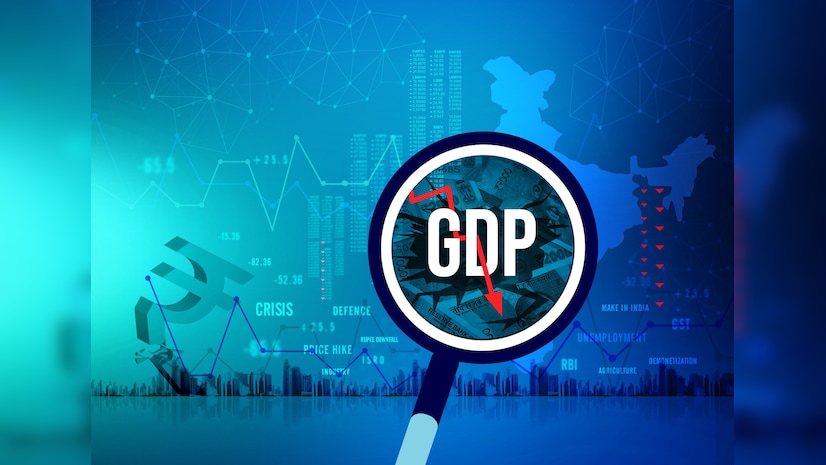Economic Overview: GDP Hits a Seven-Quarter Low
India’s gross domestic product (GDP) for Q2 FY25 plunged to 5.4%, the lowest since Q3 FY23, according to the National Statistics Office (NSO). This marks a steep decline from 8.1% during the same period last year and a notable drop from 6.7% in the April-June quarter (Q1 FY25). The figure also fell significantly short of economists’ projections of 6.5%, signaling broader economic challenges.
Reserve Bank of India (RBI) Governor Shaktikanta Das had earlier forecasted a 7% growth rate for the quarter, which contrasts sharply with the recorded data. The unexpected slowdown increases pressure on the central bank, which has maintained the benchmark repo rate despite ongoing inflationary concerns.
Sectoral Performance: Mixed Results Across Industries
Gross value added (GVA), a key economic activity metric, grew by 5.6% in Q2, down from 6.8% in Q1. Sectoral trends revealed an uneven economic performance:
Agriculture: Agricultural output grew by 3.5% year-on-year (YoY), improving from 2% in Q1 FY25.
Manufacturing: Growth slowed sharply to 2.2%, a significant drop from 7% in Q1 and 14.3% in the same quarter last year.
Mining: The sector contracted by 0.1%, reversing 11.1% YoY growth and 7.2% sequential growth seen in earlier periods.
Exports: Exports rose modestly by 2.8% YoY, down from 5% in the previous year and 8.7% in Q1 FY25.
Factors Behind the Slump
Economists attribute the disappointing GDP figures to several key factors:
Inflationary Pressures: Retail food inflation soared to 10.87% in October, significantly reducing consumer purchasing power. Headline inflation breached the RBI’s 26% comfort range, reaching 6.2%.
Weaker Corporate Performance: Leading companies reported their weakest quarterly results in over four years, dampening investment sentiments.
Sluggish Private Consumption: Private consumption, which accounts for 60% of GDP, remained subdued due to high borrowing costs and stagnant real wage growth. While rural demand showed some improvement, it was insufficient to offset broader challenges.
Inflation and Monsoon Impact
Heavy monsoons and inflation added to the economic strain, affecting both urban and rural consumption. Domestic rating agency ICRA had earlier estimated GDP growth at 6.5%, citing weak corporate earnings and uneven recovery trends.
Looking Ahead
The sharp slowdown underscores the need for targeted policy interventions to revive economic momentum. Economists caution that inflation, coupled with subdued corporate earnings, may continue to weigh on private consumption and overall growth.
India’s economic resilience will depend on addressing these challenges, balancing inflation control with growth-oriented policies, and fostering stronger investment and consumption patterns.
India’s Q2 FY25 GDP figures reflect significant hurdles, particularly in the manufacturing sector. As the economy navigates inflationary pressures and subdued corporate performance, timely policy measures will be critical to sustaining growth in the coming quarters. Stakeholders must closely monitor these trends to align strategies with evolving economic realities

